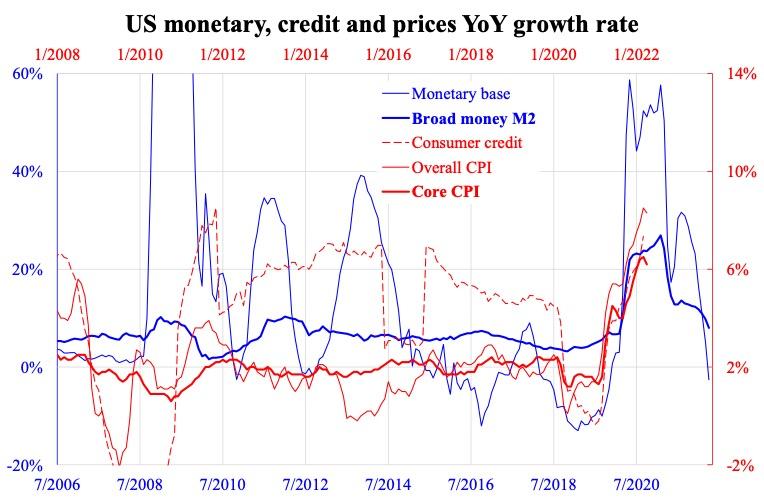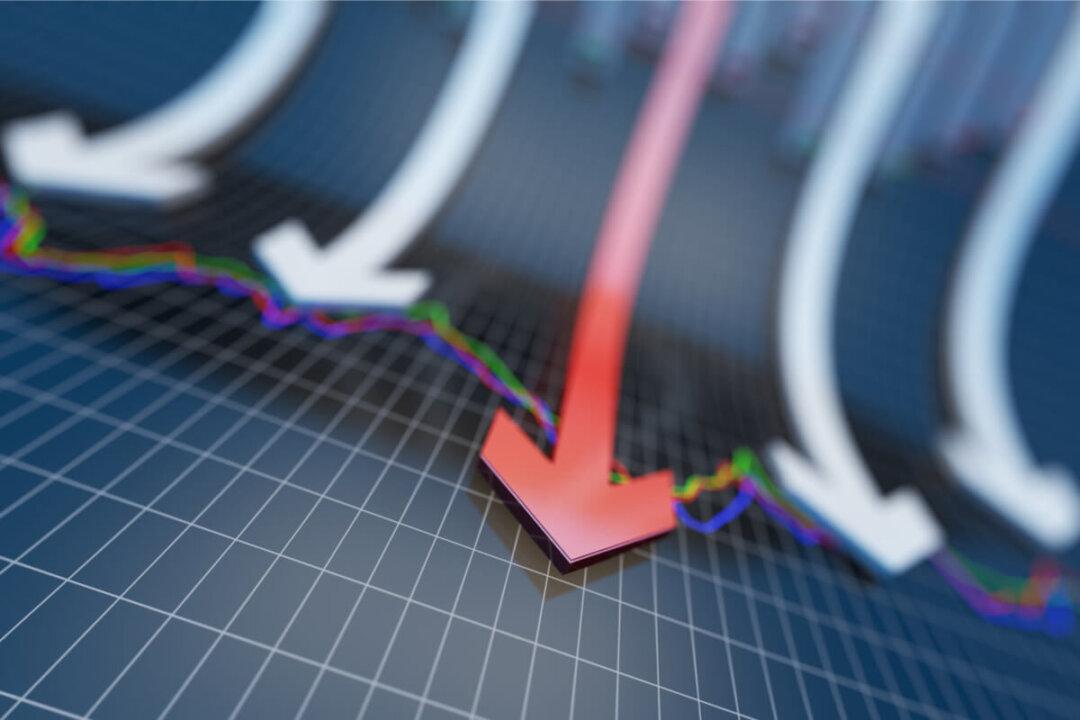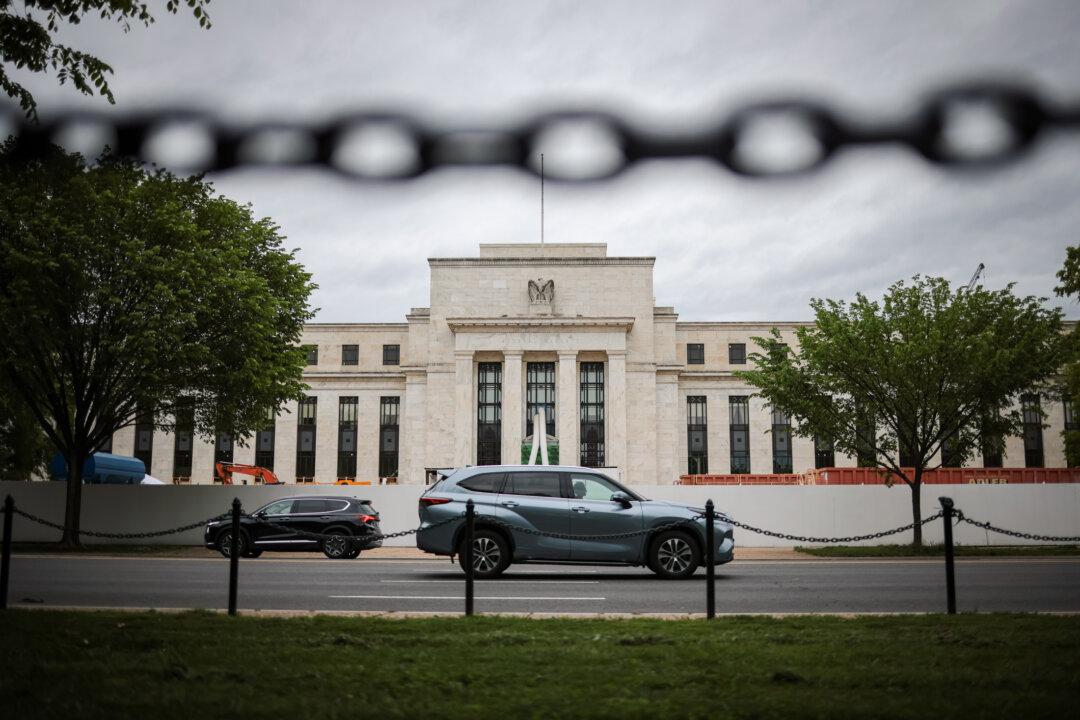The most important economic question to date is still the old one: whether inflation has peaked or still has some months to go. The U.S. official tone on inflation has always been on the supply side such as the logistic blockage due to Covid-19 lockdowns or the Ukraine-Russian war. The demand side of ridiculous monetary easing causing inflation has never been addressed, albeit the real boosting effect has been emphasised repeatedly. Tracing the source of inflation is crucial because the supply side factors are fading out, but this is not yet the case on the demand side.
For over two quarters, lockdown is no longer practiced except in dictatorship countries. The Russian invasion can no longer push commodity prices beyond their March peaks. Hence, supply side advocators are now asserting inflation has peaked and will come down very soon. However, the fading out of these two factors happened in the second half of 2021 (H2) and the second quarter of 2022 (Q2) respectively, while inflation has continued to rise in the period. More importantly, core inflation excluding food and energy show a similar uptrend, suggesting demand factors might be in play.
Such a mistake is likely a result of the observability of the two sides: supply factors are mostly observable while demand factors are not. The former group is often attributed to the cause. Demand factors are generally inferred from some observables such as monetary boosting in the context here. Nevertheless, it is well documented in literature that the monetary channel takes quite long time to show an effect (it may take up to a few quarters), which must be taken into account in such analysis. In the accompanying chart, the growth rates of money, credit and prices are plotted together.

Tightening means monetary base begins contraction, but whether broad money will follow suit depends more on the market than on central banks. Broad money is generally less responsive than the narrow one. As money is withdrawn, credit will slow down but with quite a long-time lag. Based on the empirical 1.5 years’ time lag shown in the chart, credit growth and hence inflation are projected to stay high for some months before coming down materially. In other words, inflation is unlikely to go below 5 percent by the end of 2022.





